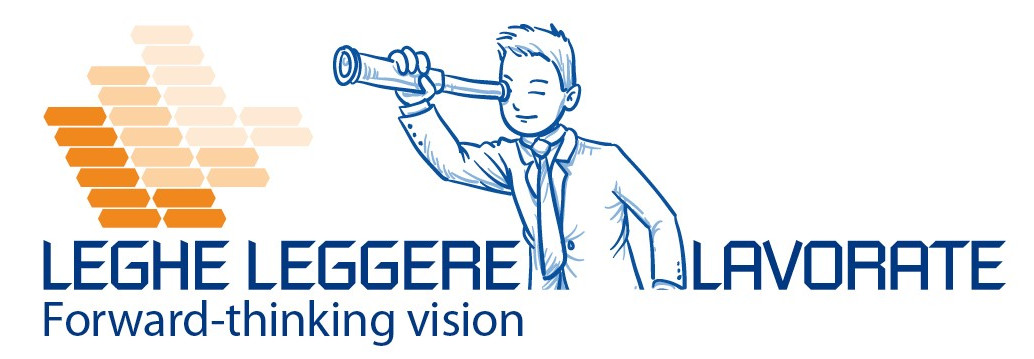In today’s article we will see how, in recent years, new schools of thought have developed the theory that a mechanical block of the vertebrae with titanium spines products isnt’ the best solution for the healing of patients.
But what are spine products? From pedicle screws to plates
The spine products are those implantable medical devices that, alone or in combination, are used in spine surgery to solve various pathologies.
Examples of various spine products:
● Pedicle screws
● Polyaxial screws
● Bars
● Plates
● Cage
What causes the various pathologies that can affect our skeletal system and, in this specific case, the spine?
There are many pathologies of the spine and they all have a single origin: the upright position. This is due to our evolutionary process which has left us some problems to our skeleton.
Genetically speaking, we weren’t “designed” to stay upright.
Moreover, posture and work activities can greatly increase this problem which afflicts a large part of the population in a more or less serious way, with the passing of the years.
The spine products (pedicle screws, polyaxial screws, bars, plates and cages) have always been used for rigid mechanical fixation between the various vertebrae which, over the years, have worn the intervertebral disc.
Over time it has been realized that this kind of approach shifts the problem to the nearby, still mobile vertebrae.
In recent years, as mentioned at the beginning of the article, new products have been introduced to avoid rigid mechanical fixing. These include bars in a more elastic material.
In fact, an attempt was made to replace the classic titanium connecting bars with CFR Peek barThis “plastic” material, reinforced with carbon fibers, allows the vertebrae a minimum movement between them.
The micro-mobility given by these particular spine products (pedicle screws, polyaxial screws, bars, plates and cages)
appears to be a better solution for patient healing.
However, the use of one or the other method remains at the discretion of the surgeon who has a clear understanding of the patient’s pathology and how to solve his problem.
But how are CFR Peek bars made?
The technology is that of injection molding for plastic materials.
This technology is also widely used in the industrial field. It is a process in which the plastic material is melted and injected into a mold.
The injection of the “plasticized” material takes place at high pressures and at equally high temperatures, this to allow the material to flow inside the machine and, above all, to ensure that it reaches every point of the mold.
In the case of CFR peek, the plastic material (peek) is “enriched” with carbon fibers. This kind of material is also referred to as: composite material.
It is easy to understand how the two materials make the most of their characteristics. The peek is able to guarantee a certain flexibility while the carbon fibers provide the necessary mechanical resistance.

